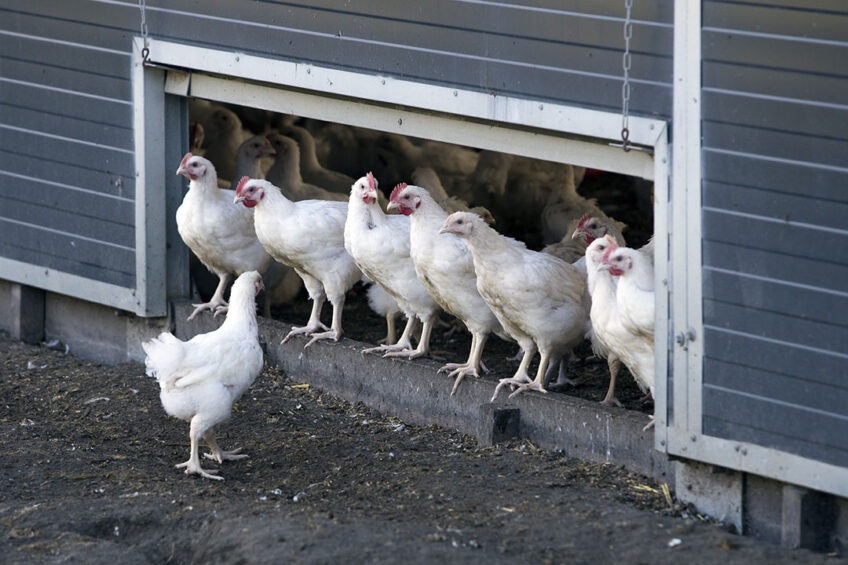Sustainability of broiler rearing systems explored

Italian researchers have been exploring how to commercially apply the ‘One Welfare’ approach to poultry production. One Welfare serves to highlight the interconnections between animal welfare, human well-being and the environment.
At present, organic poultry production with its commitment to improve animal welfare, environmental impact and human welfare is closest to the One Welfare approach, which also includes food security, sustainability, the reduction of suffering and improvements in the productivity of farms by applying high welfare standards.
From theory to practice
Until now, One Welfare is still a theoretical concept and the researchers wanted to determine practical applications for this concept in order to evaluate the production system in its entirety.
For the first time, the study applied the One Welfare approach in commercial poultry production by developing a specific multicriteria model, which was used to compare 3 different rearing systems, considering all their inputs and outputs simultaneously.
Moving away from skip-day feeding in broiler breeders
Skip-day feeding is still used today in North America and is allowed in the EU. However, daily feeding to a higher weight provides not just welfare benefits but economic benefits as well. Read more…
The study, carried out by the Department of Agricultural, Environmental and Food Science researchers at the University of Perugia, looked at an organic holding with Ross 308 genotype birds (OR), an organic farm with Naked Neck genotype (ONN) and a conventional system (S), which represents the most common commercial farming system.
The OR birds were on a holding that produced 9,245 birds per cycle and had access to 38,800 sqm outside and were culled at 81 days. The ONN birds (6,528) had a slightly small outdoor range of 26,800 sqm and were slaughtered at the same time. The commercial birds (55,960) had no access outdoors and were culled at 40 days.
The conventional system featured a standard broiler rearing system, using concentrated feed and controlled housing (artificial light and climate control, automatic water and feed supply). A model based on multicriteria decisions analysis was developed, considering for the firsts time the One Welfare approach in an operational manner, including 3 dimensions – human, environmental and animal welfare.
Results
The animal welfare traits were assessed through the evaluation of animal behaviour with the use of a computerised system (Noldus Technology, Wageningen University and Research, Netherlands), and evaluated podal and sternal lesions on 50 carcases/farm/system at the slaughterhouse. The behavioural aspect was assessed by positioning in advance 1 camera inside the shelter on each farm and monitored at 37 and 74 days. Videos were recorded for each group of farms, which were examined by experts.
The 3 alternatives demonstrated different performances, according to the different dimensions considered:
- The 2 organic systems performed better for human welfare and animal welfare, with relevant differences due to the genetic strains used.
- Conventional rearing performed better for the environmental index due to the method chosen.
- The organic system performed better overall than the conventional system.
- In particular, the use of an adapted Slow Growing (SG) strain positively affected the final rank, mainly by reducing welfare problems and producing good economic and social performance.
- The nutritional quality of the meat was almost equivalent in the 3 systems.
The stability of the results was verified by performing a sensitivity analysis, specifically a weight stability analysis, which confirmed the strength of the results. Sustainability of Rearing Systems Using Multicriteria Analysis: Application in Commercial Poultry Production is published in the journal MDPI.












